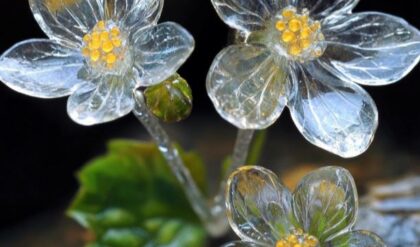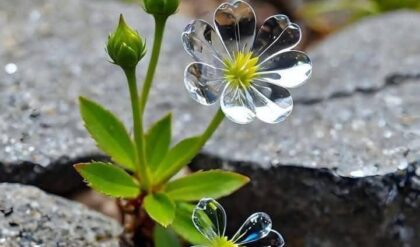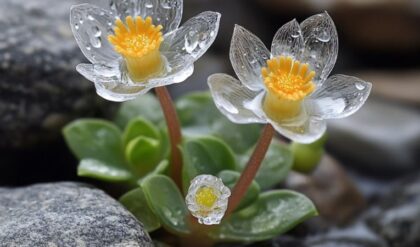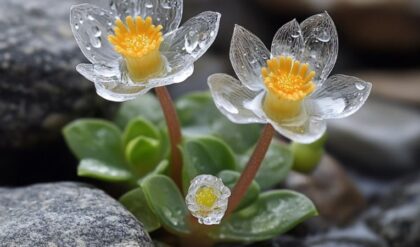Hostas, the verdant darlings of shade gardens, are as captivating as they are forgiving. Known for their lush foliage and striking variations in color and size, these perennial plants can transform any dimly lit corner into a vibrant sanctuary. Their low-maintenance nature makes them ideal for both novice gardeners and seasoned green thumbs alike. But how does one go about nurturing these leafy giants to their full potential? Let’s delve deeper into the essential steps and insights for growing hosta plants.
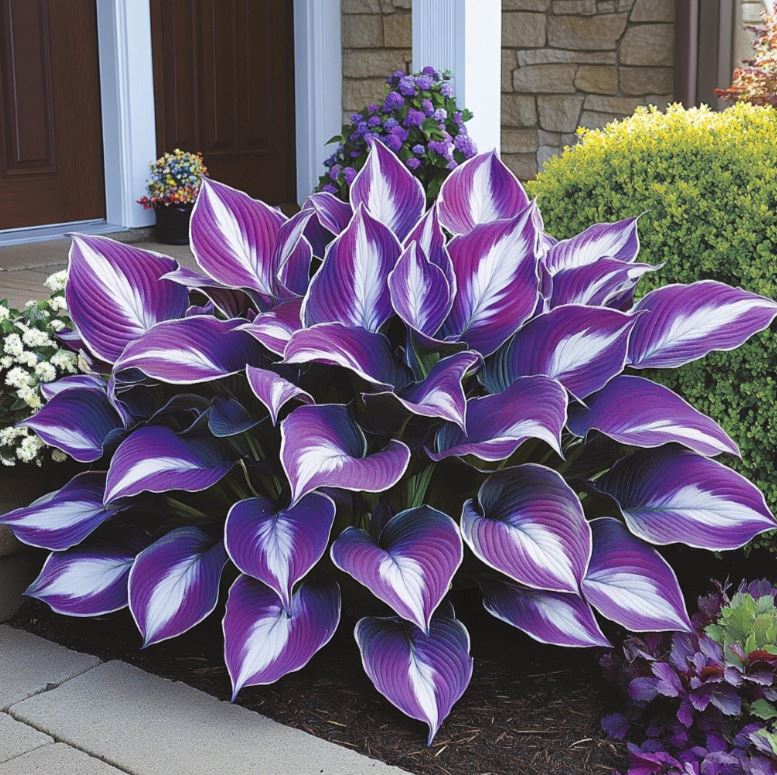
Understanding Hosta Preferences
Ideal Conditions
To cultivate healthy hostas, it’s crucial to consider their preference for shade. While some varieties can tolerate a bit of sun, most thrive in environments that offer dappled light or full shade. Imagine hostas as the introverts of the plant world—preferring calm surroundings away from harsh, direct sunlight. The right location not only promotes robust growth but also enhances their fascinating leaf variations, which come alive in less intense lighting .
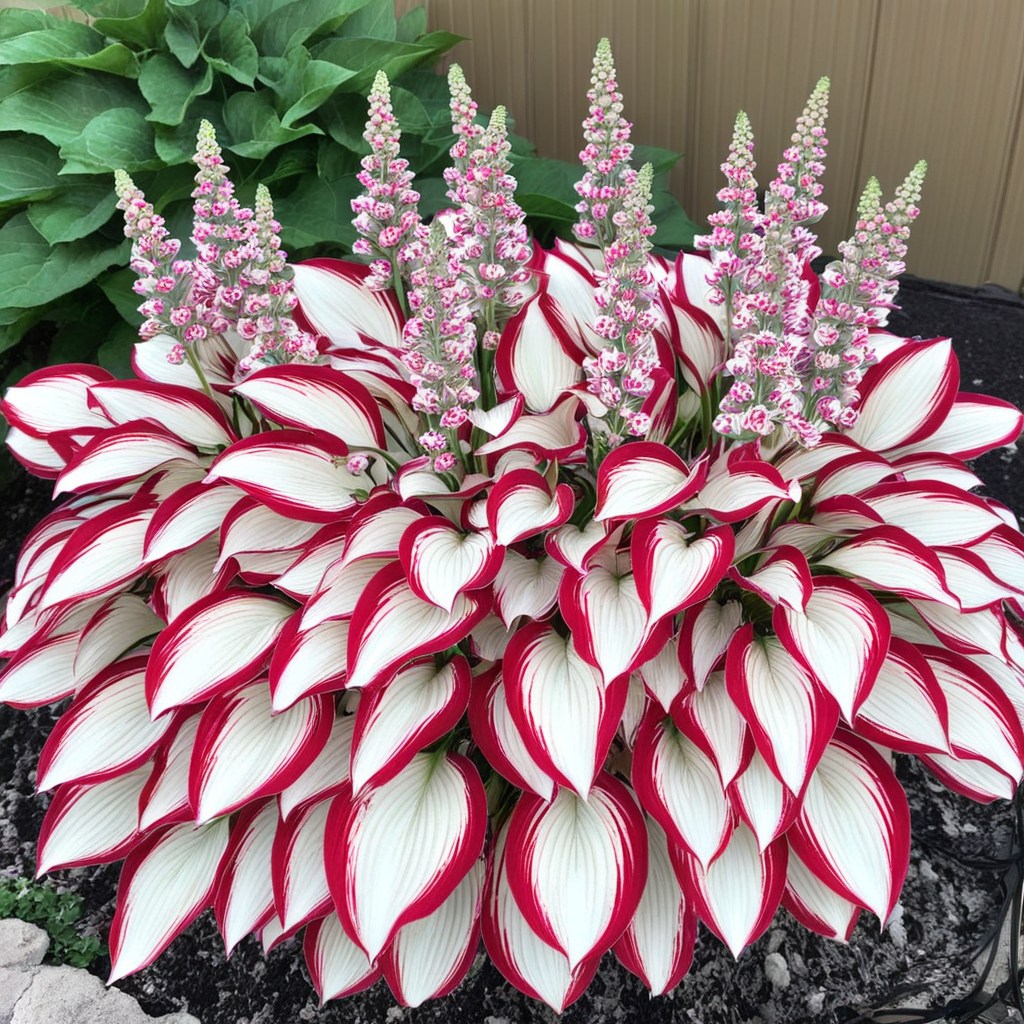
Soil Requirements
Hostas appreciate well-draining soil enriched with organic matter. Think of the soil as a cozy blanket enveloping the roots; it needs to be rich but breathable. A mixture of compost or rotted leaves can provide essential nutrients and improve drainage, creating a perfect home for our leafy friends. A pH level between 6.0 and 7.5 is optimal, yet hostas tend to be forgiving—much like accommodating neighbors who adapt to varying lifestyles .
Planting Hostas: Where to Begin?
Timing is Key
The best time to plant hostas is during the spring or early fall. These periods allow the plants to establish roots before the harsher weather arrives. Envision this as moving into a new home when the weather’s mild, giving you time to settle in comfortably. During these times, the plants are poised to soak up the necessary nutrients from the ground while enjoying the moisture provided by spring rains or autumn dew .
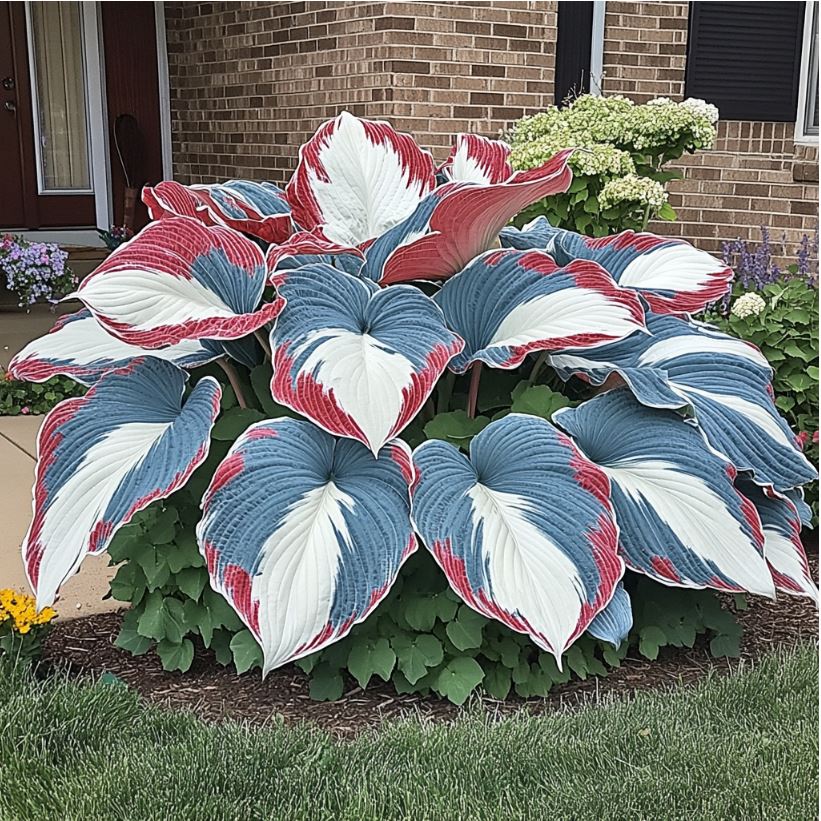
Spacing and Layout
When laying out your garden, consider spacing the hostas appropriately—about 18 to 36 inches apart, depending on the variety. Imagine hosting a social gathering; if everyone is too close, there’s discomfort. Likewise, hostas require room to spread their leaves and grow without being crowded. This thoughtful arrangement allows them to showcase their unique shapes and colors, resembling a well-planned art exhibit rather than a chaotic jumble .
Caring for Your Hostas
Watering Techniques
While hostas enjoy moist conditions, over-watering can lead to root rot. Thus, a regular watering schedule, especially during dry spells, will keep your plants thriving. Picture the delicate balancing act of providing hydration without drowning—a therapeutic approach to gardening akin to nurturing relationships where supports flow freely, yet boundaries remain intact.
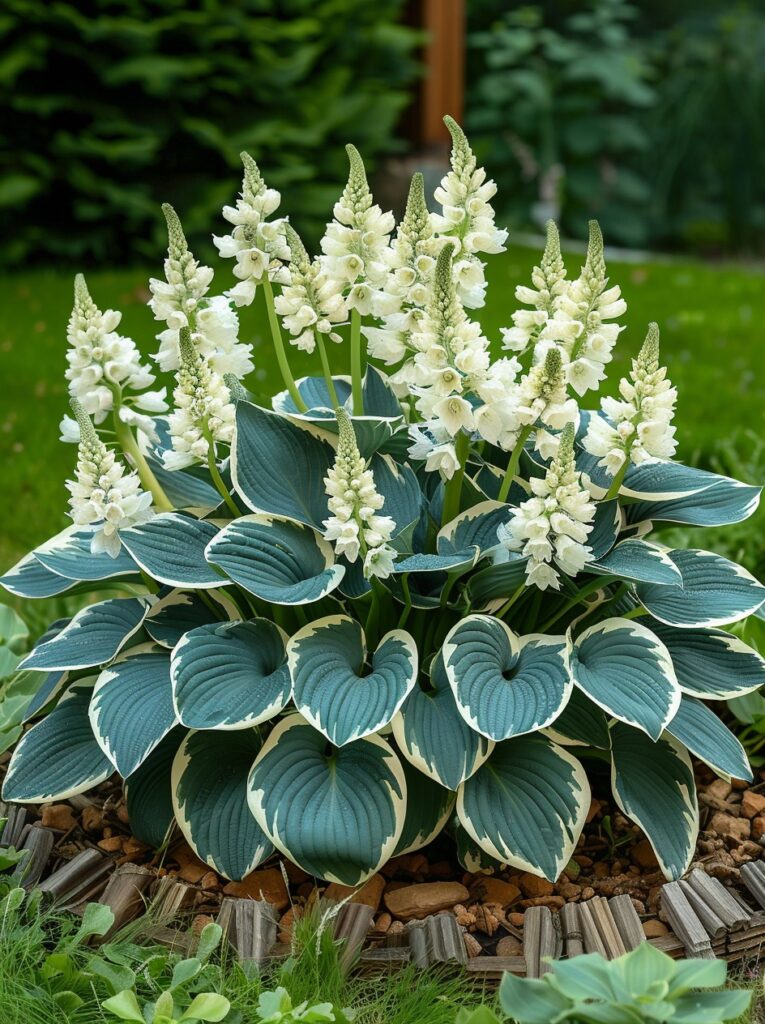
Fertilization Strategy
Utilizing a balanced fertilizer in early spring can enhance growth, particularly during the active growing season. Consider this a boost of energy that reinvigorates your plants, akin to a morning cup of coffee that kickstarts your day. Yet, moderation is key; too much fertilizer can distract these elegance incarnates from producing their stunning foliage, resulting in more leaf than bloom .
Disease and Pest Management
Common Challenges
Interestingly, hostas can attract pests like slugs or aphids, whose presence may evoke frustration in even the most patient gardener. Culturally, it reflects the delicate balance within ecosystems, demanding vigilance and responsiveness. Incorporating natural deterrents—such as diatomaceous earth for slugs—can mitigate these pesky intruders, allowing hostas to shine unhindered .
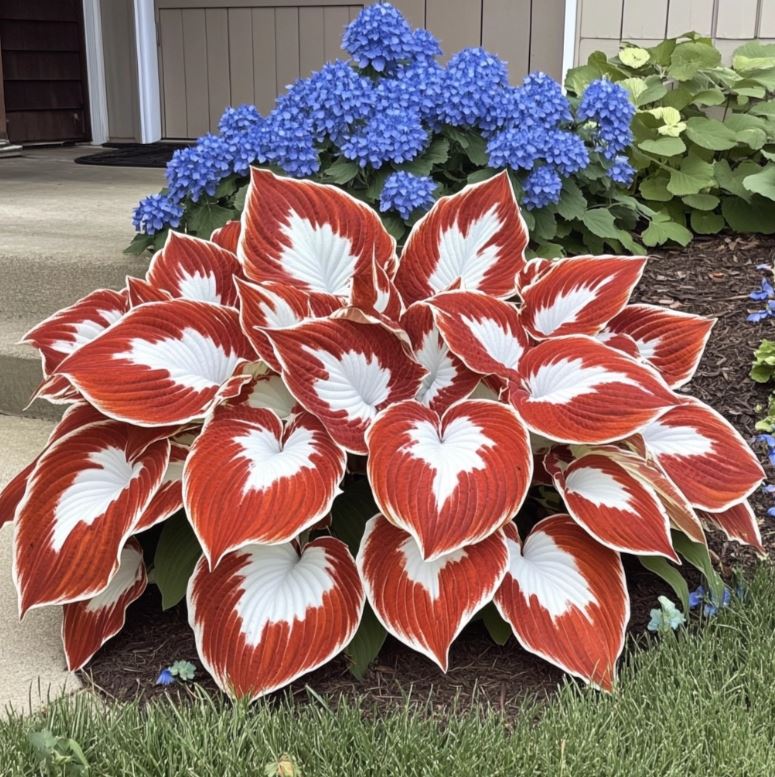
Embracing Adaptability
Though disease might occasionally strike, hostas exhibit remarkable resilience, much like adept survivors navigating unpredictable environments. This characteristic serves not only as a reminder of nature’s adaptability but also highlights the importance of regular monitoring and proactive care in maintaining a flourishing garden.
By understanding the nuanced needs of hostas—from proper planting conditions to tailored care strategies—gardeners can curate majestic displays of greenery that inspire tranquility and joy within any shaded enclave. Each flourishing leaf not only embodies the success of gardening endeavors but also speaks to a broader narrative: the harmonious relationship between humans and the gentle, enduring beauty of the natural world.
